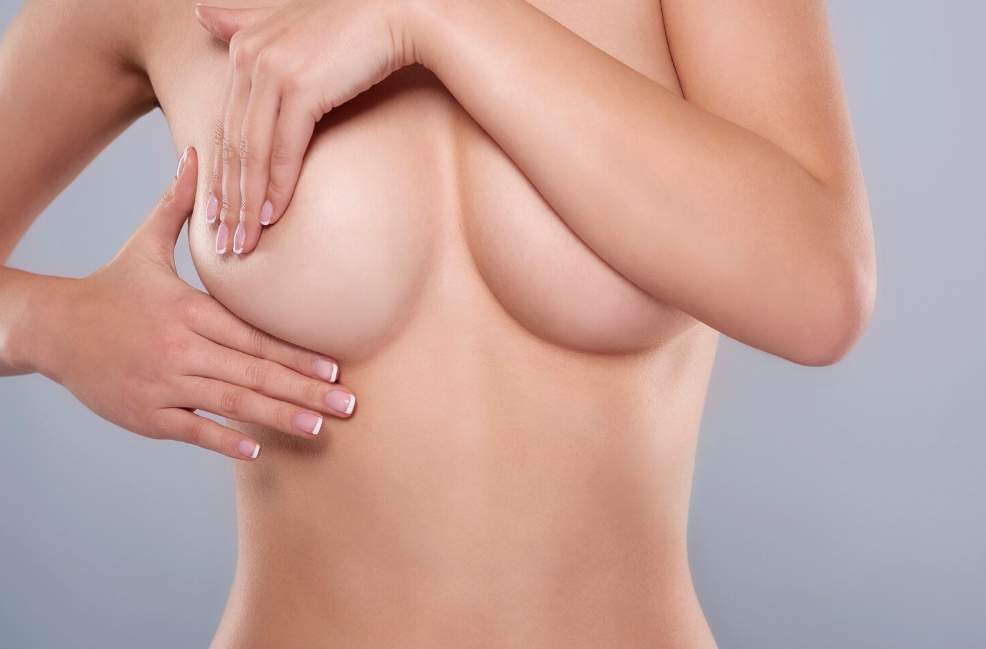Treatment Overview
Breast Reconstruction in Korea is a specialized surgical procedure designed to restore the natural shape, volume, and symmetry of the breast following mastectomy, lumpectomy, or traumatic injury. This procedure can be performed using breast implants, autologous fat grafting, or tissue flaps, depending on patient needs and medical indications.
Korea is internationally recognized for its expertise in reconstructive breast surgery, combining advanced technology with aesthetic precision to achieve natural, symmetrical results. Many patients also combine reconstruction with breast augmentation techniques to enhance overall volume and contour.
Purpose & Benefits
The main purpose of breast reconstruction is to restore the breast’s appearance and improve quality of life.
Key benefits include:
- Restores breast shape, volume, and symmetry after surgery or trauma
- Enhances confidence and psychological well-being
- Allows patients to wear regular clothing and participate in normal activities comfortably
- Can be combined with augmentation for increased volume or improved aesthetics
- Minimizes scarring using advanced Korean surgical techniques
Ideal Candidates
Breast reconstruction in Korea is suitable for individuals who:
- Have undergone mastectomy, lumpectomy, or breast trauma
- Desire symmetry between both breasts
- Seek restoration of breast volume and natural shape
- Are in good overall health and have realistic expectations
- Wish to combine reconstruction with breast augmentation for enhanced aesthetics
Possible Risks & Complications
Even with Korea’s advanced surgical standards, potential risks include:
- Swelling, bruising, and temporary discomfort
- Infection or delayed healing
- Scarring at the incision or donor site (for flap procedures)
- Implant-related complications (capsular contracture, rupture)
- Changes in nipple or breast sensation
- Rare complications with anesthesia or tissue flaps
Surgical Techniques Used
Korean surgeons use a variety of techniques tailored to the patient’s condition and goals:
- Implant-Based Reconstruction: Uses silicone or cohesive gel implants to restore breast volume.
- Autologous Tissue Flap Reconstruction: Tissue is taken from the patient’s abdomen, back, or thigh to rebuild the breast.
- Fat Grafting / Lipofilling: Uses the patient’s own fat to restore volume or smooth contours.
- Nipple-Areola Reconstruction: Restores nipple shape and areola pigmentation, sometimes using 3D tattooing.
- Combination with Breast Augmentation: Provides additional volume for a more youthful and proportionate breast appearance.
Korean surgeons prioritize natural-looking results, minimal scarring, and symmetry, even in complex reconstructive cases.
Recovery & Aftercare
Recovery from breast reconstruction in Korea is highly structured to ensure safety and optimal results:
- Hospital stay may vary from 2–5 days, depending on procedure complexity.
- Light daily activities can resume within 1–2 weeks.
- Compression garments or post-surgical bras are recommended for 4–6 weeks.
- Swelling and bruising subside within 2–4 weeks; full healing takes 3–6 months.
- Follow-up visits monitor wound healing, implant positioning, and scar formation.
- Korean clinics often provide post-op lymphatic drainage therapy, scar management, and rehabilitation programs for enhanced recovery.
Results & Longevity
Results are visible immediately, with breast shape and symmetry improving as swelling subsides.
- Implant-based reconstruction generally lasts 10–15 years, with regular monitoring.
- Fat grafting and flap procedures provide long-lasting natural results.
- When combined with augmentation, patients achieve both reconstruction and enhanced volume with natural contour and long-term satisfaction.
Treatment Process in Korea
Korea is a preferred destination for breast reconstruction due to its combination of medical expertise, advanced technology, and comprehensive patient support:
- Pre-Operative Planning: 3D imaging and detailed assessment of chest wall, skin, and tissue are used to create a personalized surgical plan.
- Advanced Surgical Techniques: Includes endoscopic-assisted flap harvesting, precise implant placement, and fat grafting for natural aesthetics.
- Combination Procedures: Surgeons can combine reconstruction with augmentation to enhance volume, symmetry, and overall breast appearance.
- International Patient Services: English-speaking coordinators, luxury recovery accommodations, and structured follow-ups are standard for overseas patients.
- Minimally Invasive & Scar-Minimizing Approaches: Incisions and donor site scarring are strategically placed to minimize visible marks.
- Holistic Care: Korean clinics offer nutritional guidance, physiotherapy, and scar treatment to optimize results.
- High Success Rate: Korea’s top surgeons have extensive experience in complex reconstructions, ensuring high patient satisfaction and aesthetic outcomes.
Cost Range
Breast reconstruction in Korea is competitively priced relative to Western countries, with costs varying by technique and complexity:
- Implant-Based Reconstruction: ₩8,000,000 – ₩15,000,000 KRW (Approx. $6,000 – $11,500 USD)
- Flap-Based Reconstruction: ₩15,000,000 – ₩25,000,000 KRW (Approx. $11,500 – $19,000 USD)
- Fat Grafting / Lipofilling: ₩4,000,000 – ₩8,000,000 KRW (Approx. $3,000 – $6,000 USD)
Factors Affecting Cost:
- Type of reconstruction (implant vs. flap vs. fat grafting)
- Number of procedures (single-stage or multi-stage)
- Surgeon’s experience and clinic reputation
- Additional procedures (nipple reconstruction, symmetry adjustments)
- Hospital stay and post-op care
Additional Costs:
- Pre-op imaging and lab tests: ₩300,000 – ₩700,000 KRW ($230 – $530 USD)
- Hospitalization: ₩1,000,000 – ₩3,000,000 KRW ($760 – $2,300 USD)
- Medications, garments, and follow-up care: ₩500,000 – ₩1,000,000 KRW ($380 – $760 USD)
Popular Clinics
Top Korean clinics for breast reconstruction include:
- Banobagi Plastic Surgery Clinic – expert in implant and flap-based reconstruction
- JK Plastic Surgery Center – international patients welcome, advanced imaging for pre-op planning
- View Plastic Surgery Hospital – specialized in combined reconstruction and augmentation
- ID Hospital Seoul – high-volume reconstructive surgery center with post-op care programs
- Regen Plastic Surgery – advanced techniques for symmetry and natural aesthetics




